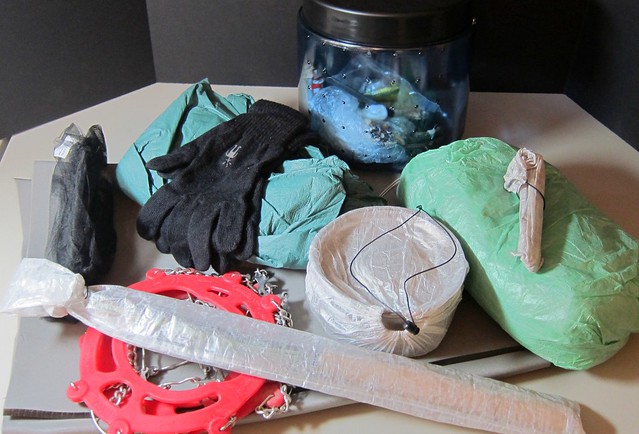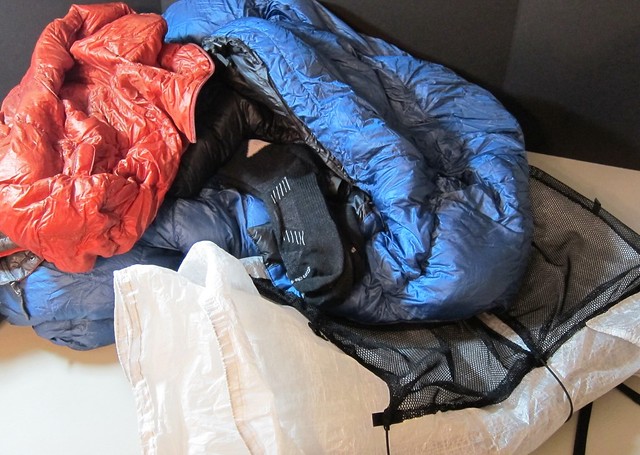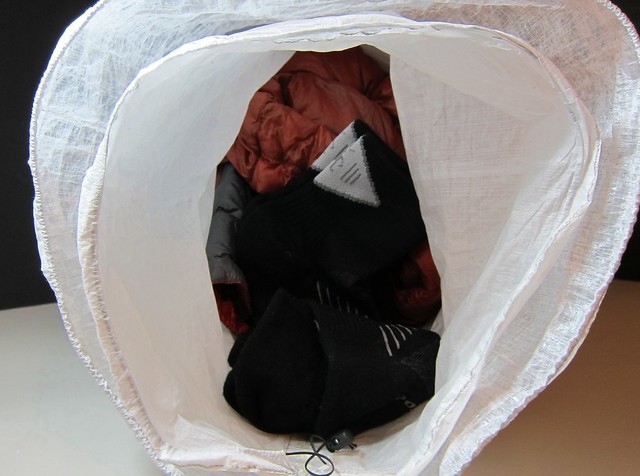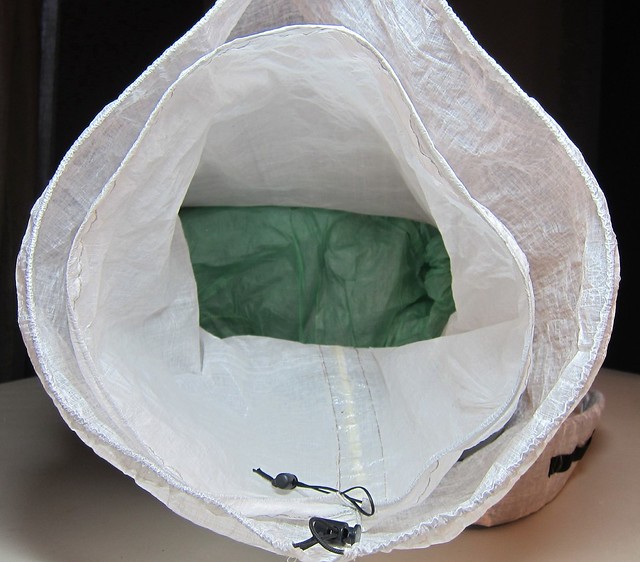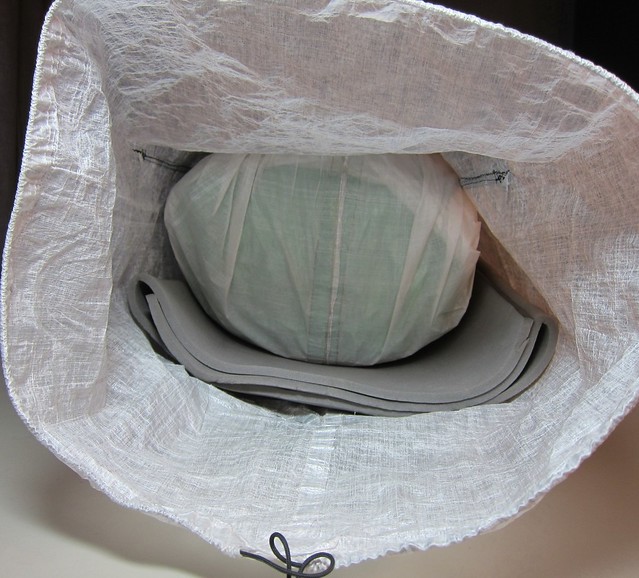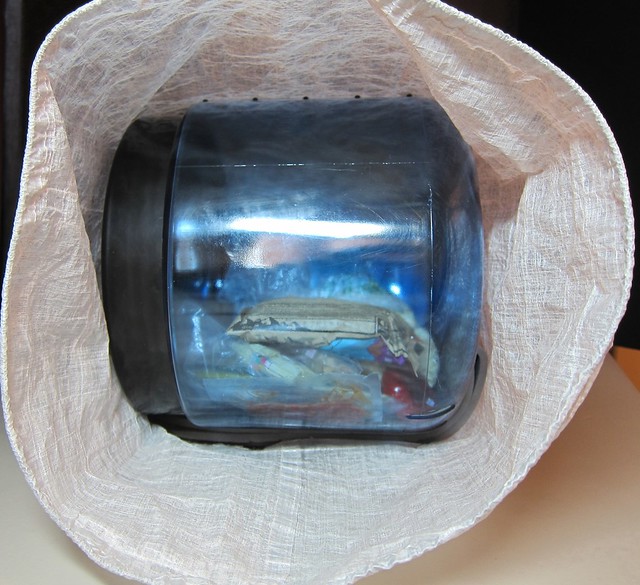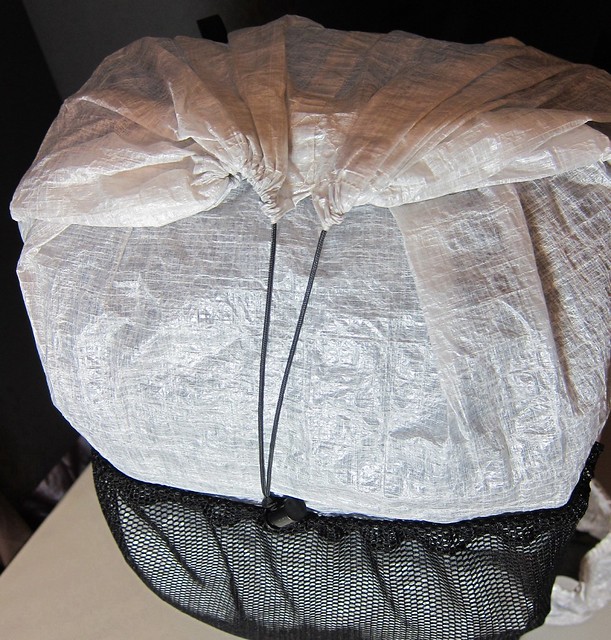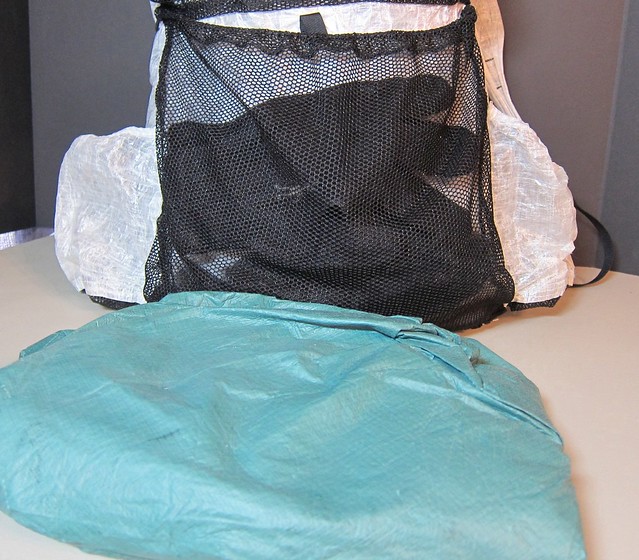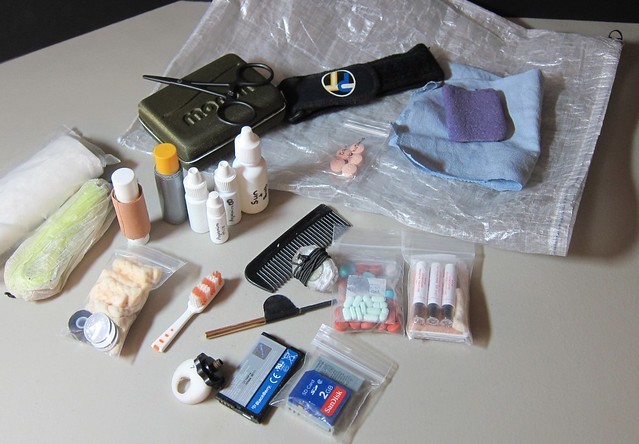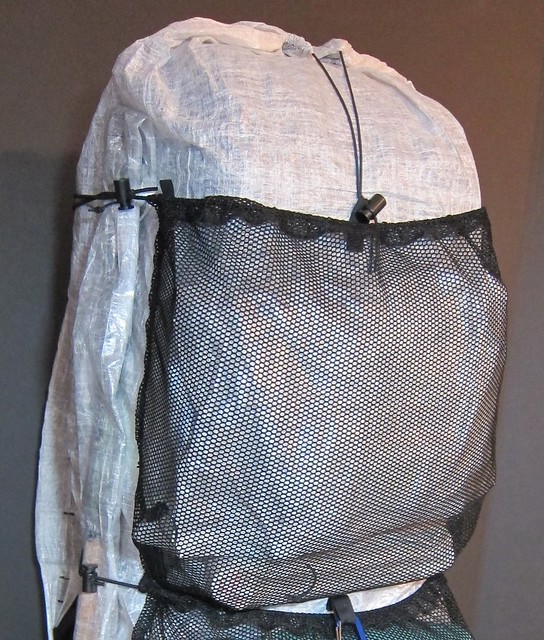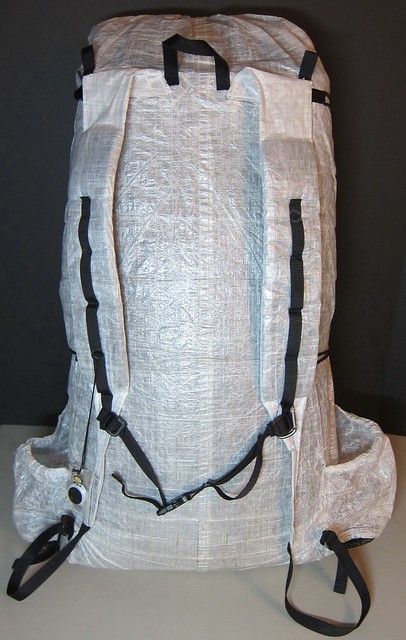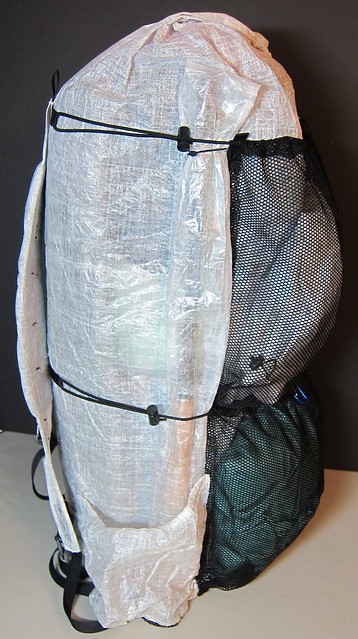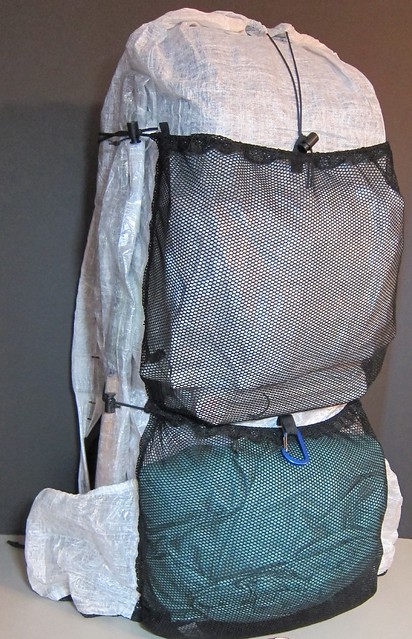It turns out getting a backcountry permit in Yosemite National Park and surround areas is much like winning the California Lottery. We felt lucky when we managed to get a thru-hike permit starting at Tuolumne Meadows, which is at mile 24 of the JMT, so we would be skipping the Yosemite Valley portion.
The initial plan was for 6 of us to do the entire thru hike, and another 2 to join us on the first 36 miles until we got to Mammoth Lakes. Record snow levels, along with other life commitments, reduced the number of thru-hikers to 3. It would have been nice if the entire group could have made it, but truthfully I would go it alone and still love it.
Day one was planned to be a very easy one starting around noon with just 10 total miles and very little elevation gain. Beautiful meadows, a meandering stream, and some good fishing was a great way to start an epic adventure.
After a short steep climb up to Lyell Forks, we enjoyed a pristine campsite next to a roaring stream, but the mosquitos had us in bed early.
Day two - We got on the trail around 8:00am, then headed to our first big climb up Donahue Pass. A small alpine lake with a wet crossing was a chilly wake up call, and wet feet would be unavoidable for the next few hours.
Merino Wool socks kept our wet feet warm along the flooded, steep trail. Looking back down on the valley we just ascended was a nice prize.
As we worked our way up, the high valley was filled with lots of snow, and we wondered how difficult the pass would be.
We kept losing the trail under several feet of snow, but it wasn't very hard stay on course with a good map. This was just part of the adventure which made it fun!
The final climb was obvious as we followed the tracks of previous hikers up the steep slope to the pass.
Marmots guarded the high passes on small granite islands, and they were anything but shy.
The south side of Donahue Pass was covered with way more snow than we expected, which made the descent challenging.
It was a bit slippery on the way down as JP demonstrates. "Wait, I've gotta get a picture of that" says dad.
Postcard style views to the south showed us snowy climbs we would be making in the days to come.
Thank goodness for this bridge or we might have gotten our feet wet. Oh, wait...our feet have been wet for hours!
We took a break, ate our trail pizzas while drying our feet in the sun, and waited for our partner Thumper to catch up.
Here's Thumper crossing another bridge a few miles down the trail.
We pushed up Island Pass, which didn't turn out to be much of a pass at all. Then we were treated once again to two wonderful little alpine lakes. It's so amazing up here you almost start to take it for granted unless you slow down and take it all in. No wonder John Muir spent so much time wandering in these mountains!
As we headed down the other side of the pass, Thousand Island Lake came into view...spectacular!
The JMT and PCT split into two trails at T.I. Lake and the day was starting to get late. We hadn't made many miles yet, so we pushed on past several other amazing lakes and set up camp right before the bridge at Garnet Lake. A measly 12 point something miles for the day, but a very tough 12 miles!
Day three, we decide to get an early start. The sun rise over Garnet Lake cannot be described accurately by words or even by this photograph...you just have to experience it.
JP is wondering what he's got himself into, as I will find out later.
On the trail by 7:00am, we headed around the lake and had an icy climb up and out of the valley, only to be treated...once again...to a wonderful spot for our first break!
We cruised by more lakes (yes there are lakes everywhere!), and had a heart pumping climb up to Rosalie Lake. Thumper was having a hard time with altitude sickness, but he had already decided he was going to get off the trail, so he pushed on like a champ. We had an easy time clicking off the miles on our descent to Johnston Meadow, and enjoyed the enormous trees towering over the thickly forested low lands.
The JMT and the PCT joined up again, and we took the alternate route through Devils Postpile towards Reds Meadow, where we would get off trail for the night after about 14 miles and meet up with my wife and her cousin at Mammoth Lakes.
Nature does some crazy things, huh? If you're ever in the area, I highly recommend you take the time to see Devils Postpile for yourself. It looks man made, but it's not. The photo below is of the top of the area in the photo above. Crazy!
Day four - After showers and a great big steak dinner last night, I decided to let JP sleep in. 15 year olds have their priorities, and I can respect that. Just the two of us now, we had breakfast back at Reds Meadow Resort with some other hikers and hit the trail by 10:30am. This old burn area runs through the Ansel Adams Wilderness...maybe a b&w photo would be more appropriate?
The stream crossing at Duck Pass was the deepest yet, but it wasn't bad at all.
Maybe you can tell me what kind of bird this is. As I walked up the trail I spotted it and slowed our pace. It looked like one of those big birds that you see on National Geographic where they leave the nest, but don't quite know how to fly yet. I'm sure it's soaring high above the mountains by now.
We got to Purple Lake about 6:30pm, and were in bed by 8:00pm after a big dinner. We ended up doing 14 miles for the day, which wasn't bad after a late start. This place will wear you out, that's for sure!
Day five - You sleep so well after hiking all day, even on a 1/4" thick closed cell foam pad! We hit the trail just after 7:00am, and had a good climb up and over the mountain and back down to Lake Virginia. What a perfect time of day with the sun rising!
An easy descent, we headed towards Fish Creek. The Mosquitos were out in force!
The creek was raging at the bridge crossing.
Then we began the climb towards Silver Pass, just under two thousand feet higher.
Chief Lake was mostly frozen and covered with snow. Again...you have to be there to really understand it...amazing!
The final push was all snow and quite steep, but the snow was soft enough that we were able to kick our feet in and didn't slide back down too much. The fields of sun cups made for some slow going.
Heading down from the pass, Silver Pass Creek meandered through a meadow before abruptly falling off a granite ledge. We didn't find a safe way to keep our feet dry, so we walked right through the flooded trail as we had done time and again.
The beautiful waterfall was well worth the wet feet! We made it 15 miles to Lake Edison Trail, the get-off to Vermillion Valley Resort, a favorite of many thru-hikers. We made camp by the river and enjoyed a quiet early night.
Day six- We started with a couple thousand foot climb, and then back down to a beautiful meadow. There are things that grow up here that you won't see anywhere else.
We passed Bear Creek and crossed some of the highest running river fords yet, but again they weren't anything like the reports that were coming back from a month earlier. I'm not sure which I like better...the alpine meadows, lakes, or passes. Luckily I didn't have to chose!
Hmmm...I'm not exactly sure what this sign means. What are they rotating?
A steady climb to Marie Lake got us within a mile of 12,000 foot Seldon Pass..
Near the top of the pass, we stopped to pose for this photo, but it doesn't do a great job of showing how hot and sweaty we were! Just after this shot, on a break on the down side, JP finally broke it to me...he wanted to get off the trail. No, neither of us were injured, although we were understandably a bit sore. Still, nothing a little vitamin-I couldn't cure. But he was realizing we were not quite half way through our journey and he had run out of motivation. You take a 15 year old who enjoys hiking, has done plenty of 1 and 2 night backpacking trips, and put him out on a 200 mile, 2 week trip, and what do you expect?
I got it, was disappointed of course that we wouldn't complete the trail this trip, but was proud of my son for his accomplishment. This was after all, my thing, not his. We had a good father-son "life lessons" talk, then he started pushing the old man to do more miles because he wanted to get off the trail and back to his world ASAP. I was up for the challenge so we hiked on and made it to Muir Trail Ranch by around 6:30pm, a 12 hour and 21 mile day.
Day seven - we picked up our resupply at MTR, and gave most of it away to friends we had made along the trail since we would have no more than a day or two left on the trail. We decided to get off the trail via Piute Pass, which would take us from the west side of the Sierras all the way up and over to the east side.
The trail started out hard, probably the most difficult yet, and I was struggling, so it was slow going. We didn't think we would make it out until the next day at that pace. As was the rest of the trip, the scenery was amazing, but the fierce Mosquitos were determined not to let us stop and enjoy it. I snuck this photo any way, then quickly got back to walking so they wouldn't swarm us.
The day started out very hot, then some clouds moved in and gave us some welcomed relief. The clouds filled in and turned dark and we were treated to a wonderful mountain thunder storm! Rain and hail kept us cool and moving. As the day went on I felt better and better, and we finally realized we hadn't stopped for a break for 4 or 5 hours...first because of the Mosquitos and then because of the storm. We were able to continue up and over Piute Pass through the storm because there was no lightening around.
We made it to the trailhead by around 6:00pm, another 20+ mile day, but we weren't done. You see, we were about 20 miles from the nearest town, Bishop, CA. We could have made camp by the stream, but JP was determined to be clean and in a bed. So what's a dad to do in this situation? You got it, teach your son how to hitch hike. After a couple more hours and three different rides, we made it all the way to town and to a motel. We cleaned up, hit a Mexican restaurant before it closed, and then had a great nights sleep in a bed! Juggy picked us up the next morning after we slept in, then we headed home after a big lunch.
Take-Aways...
Thank you to my son
JP, I didn't talk you into doing this, and when you decided to join me I was thrilled beyond my ability to express to you. I'm sure you had second thoughts, and I'm glad you didn't back out. We didn't finish what we set out to do, but it was anything but a failure. Right now you might not think so, but the High Sierras will call you back again some day. It's inside of you now, forever. I will cherish the time we spent in that wonderful place for the rest of my life. (What an unbelievable experience to share with your son, I highly recommend it!)The Sierras will humble you!
OK, this was not a normal year in the High Sierras due to record snow fall, which created many tiring snow obstacles to climb over, along with tons of flooded trails which made it nearly impossible to keep your feet dry. But all that aside, it is still way more difficult than you might think up there. I trained here locally in Las Vegas and did different routes on our most difficult local trails to 11,918 foot Charleston Peak. The trailheads here start out at around 7,600 feet, making the hike around 4,300 feet up and back down in 16-20 miles. While these mileages are similar to the Sierras, and I did this many times in the weeks leading up to the hike, it wasn't the same. It just seemed like I had a hard time getting into a rhythm in the Sierras. My normal average of 2 MPH (including all breaks...i.e. 10 hours = 20 miles) was more like 1.5 MPH. That's a huge difference and quite humbling. And it makes me want more!Where were all my UltraLight counterparts?
Really, I don't think I saw any backpacks (except a few day packs) that were anywhere near the size of JP's and mine. Some people were just in disbelief that we were hiking so far with such little packs, we were accused of not carrying bear canisters (we did), and one woman even slapped her husband when I told her how much my pack weighed (that one I won't soon forget). You don't have to be so uncomfortable on the trail, and I can assure you were were totally comfortable and full of hot nutritious food off the trail.Pack Envy!
JP says I'm understating when I say, at least 50% of the people we met asked about our backpacks. For those who didn't know what Cuben Fiber was, I explained it, but when I told them I made the packs myself, they were floored. There was a little buzz in our tiny transient community, which made my head swell (don't worry, I cooled it off in an alpine lake). And there seems to be a market for very simple lightweight packs, so maybe I will break down and offer them up for sale some day.What I would do differently
The plan to hike 200 mikes in 14 days seemed like there would be plenty of extra time. I mean, an average of 14 miles per day has been quite easy before...1 day you do 20 and the next you only have to do 8 to keep up with the average. There were several factors during our trip that slowed us down, so maybe during a "normal" year this plan would be OK. But the beauty and serenity is so unparalleled, I would just like to slow the whole thing down next time. It felt a little too hurried this time and when I was in a place that was unbelievable, I felt compelled to keep moving. That's not what the Sierras are about. So take a lesson from John Muir, and go as slow as you can so you don't miss a thing!Oh yes, there will definitely be a next time!
















































